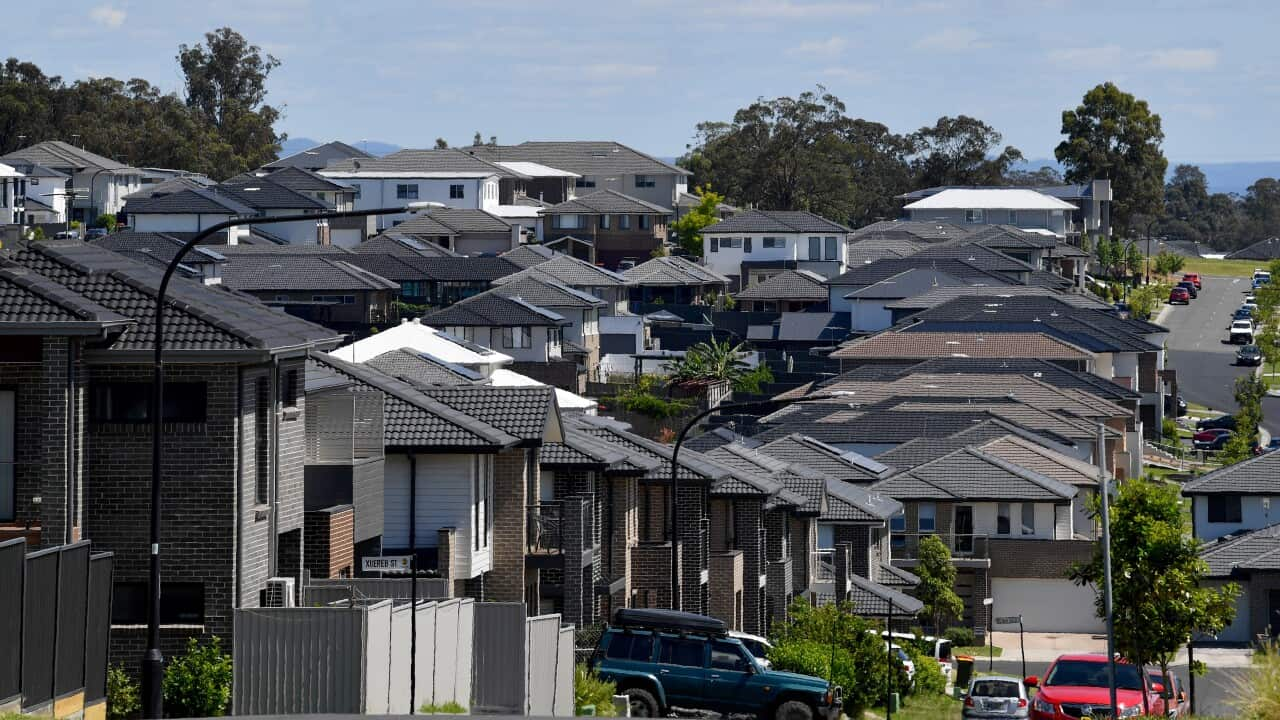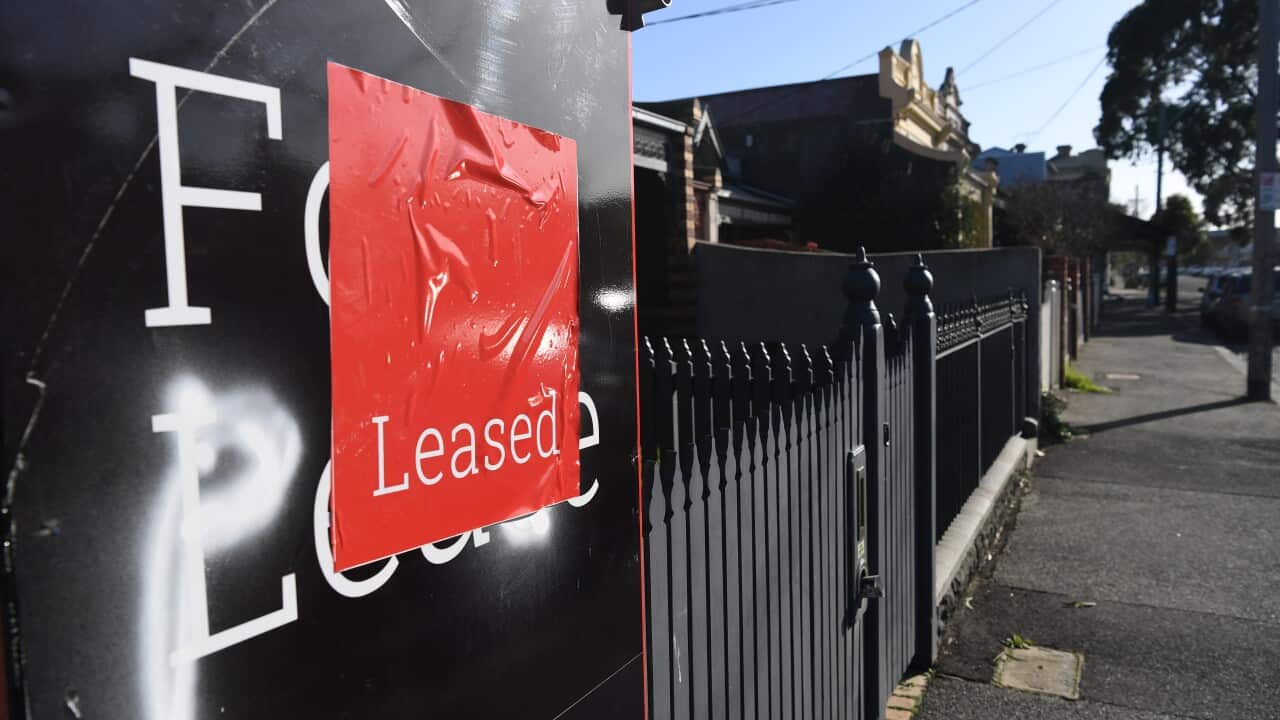Key Points
- Home prices rose on average 6.4 per cent in capital cities in 2023, with a 3.2 per cent increase in regional areas.
- Regional Australia experienced a significant increase in net migration from capital cities between 2016 and 2021.
- While many people move to the country for cheaper housing, there are additional challenges to consider.
With rents and house prices in capital cities soaring to new highs in 2023, a move to the regions may be looking attractive, but where does one start when considering it?
Home prices rose 6.4 per cent on average in capital cities in 2023, according to new data from PropTrack, but only 3.2 per cent in regional areas. At $625,000, the median regional price is lower than the national median of $762,000.
Renters could save on average $100 a week by making a sea change or tree change - rents rose on average 13.2 per cent in capital cities to $600, but only 4.2 per cent in regional areas, to $500 on average.
During the COVID-19 pandemic, a large boost of city dwellers moved to the country, many of whom had been led by a "latent desire that had previously felt out of reach", Regional Australia Institute CEO Liz Ritchie told SBS News.

Source: SBS News
Though it's important to note every town is different and decent preparation is needed, she said.
How much does it cost to live in regional Australia?
In regional Victoria and Northern Territory areas, dwelling prices actually dropped on average 1.8 per cent and 3.16 per cent respectively.
Regional South Australia has the cheapest prices ($412,000 median home price) but experienced the biggest growth (11.02 per cent jump).
Regional Western Australia and Queensland have the highest average rents ($580) and experience the fastest growth (16.7 per cent and 11.5 per cent respectively).
Rents are going up quickly amid increased demand for a limited supply of housing, experts say.

Source: SBS News
There was a big increase in capital-to-regional movement: 614,144 people moved to regional areas from capital cities – a jump of 120,750 on the previous Census.
Queensland dominated the top five regional locations for attraction and retention by volume, with Sunshine Coast recording the largest regional net flow of 26,064, followed by the Gold Coast (24,862) and Fraser Coast (8,067) in fourth place.
More recently, population growth across regional areas and capital cities was the same at 1.2 per cent in 2021-2022, according to the Australian Bureau of Statistics.
Elin Charles-Edwards, a demographer at the University of Queensland, said following changed patterns during the height of the COVID-19 pandemic, "we do expect to return to more normal patterns of migration where we do see greater outflows in the regions to the cities".
What are some of the challenges with moving regionally?
Many people move to the country because housing is cheaper, but other things can cost more than in capital cities, Charles-Edwards told SBS News.
"People who come from urban areas will receive a different level of servicing in the regions," she said.
"We know that even access to things like the internet is not as good for people making the move with families. Things like access to quality secondary schools can be a big driver as well."

Rents in regional areas increased at an overall slower rate than capital cities in 2023. Source: AAP / Sarah Motherwell
"Maybe they're going to try and commute a few days a week and work from home the rest, but they are going to have to weigh up things like transport cost," she said.
Ritchie said some regional areas have experienced "growing pains" caused by influxes of people.
"In terms of health and education, regional cities have been one of the kind of key locations that people moved to. But that has come at a time where we weren't ready, we weren't prepared, we didn't have the capacity in terms of housing."
What should people consider before moving?
Regional Australia has more work on offer than people might think, and the work is more highly skilled and varied than it was 10 years ago, according to Regional Australia Institute analysis.
In 2022, job vacancies in regions reached a record peak of 94,100 in October and while they fell to just under 81,000 in December 2022, this was still nearly double the pre-pandemic monthly average.
The majority of work on offer is skilled professional roles, compared to 10 years ago when more roles than not were labour-intensive and unskilled, Ritchie said.
"The whole work landscape has changed and that's a product of the urbanisation of many regional and rural centres."
Access to medical care is "really, really important," Charles-Edwards said.
"If people age, that's when their demands for medical treatment increases quite sharply and we do see very aged populations in many parts of regional Australia.
"So actually providing services and meeting the needs of those populations is really critical and going to be more important as we move forward over the next couple of decades."
People considering making a move need to assess their stage of life and what's important to them when considering somewhere to live, Ritchie said.
"The largest movers that we're seeing are millennials. And often they do have families and that's part of their desire to move," she said.
"So for them, they're interested in, is there childcare available, what range of schooling is, what community services are there if we're looking to have more children?
"Retirees are more interested in asking, 'What are the community services, what are the community groups that are providing a quality of life that I'm seeking, and what is the volunteer aspect of this community and can we see ourselves being part of that?'"



